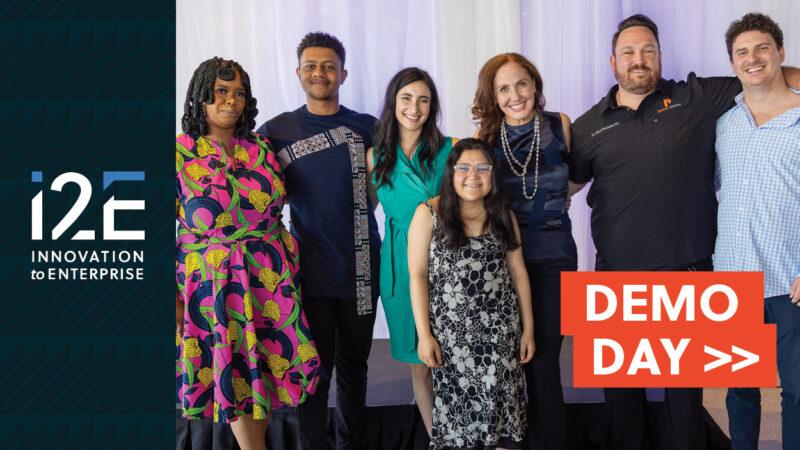Record shows Oklahoma’s investment in early stage companies is right move
By Scott Meacham
Copyright © 2016, The Oklahoma Publishing Company
I’m a native fifth-generation Oklahoman. I get loud and proud when our state does something right. But I am even louder when our state does something wrong.
“Right” was our Legislature having the vision 30 years ago to invest in innovation by creating the Oklahoma Center for the Advancement of Science and Technology (OCAST) and through that enabling statute funding a “commercialization center” that is now i2E.
Also “right” was to stay the course as our state began to reap the rewards.
“Wrong” would be to continue the trend of the past several years of disinvesting in this proven path for innovation — as the Legislature feels it’s been forced to do over the last few budget cycles. (i2E has been cut 34 percent since 2009.)
We are at a tipping point; further cuts risk all the good that has come about.
The argument for solving the current budget crisis some other way isn’t emotional; our impact is fact.
The proof of the rightness of investment in innovation is in the jobs created — 887 full-time equivalent employees from 1998 to 2015, with 129 of those new positions reported in 2015.
The average salary earned — $68,000, which is 64 percent higher than the Oklahoma average. And in the revenue reported — $113 million in 2015 alone.
And then there’s the investment capital that is leveraged through the Oklahoma Seed Capital and Concept Funds and the venture advisory services we provide.
Since 2000, the $39 million in investment capital i2E has provided has resulted in i2E client portfolio companies raising more than $563 million in private capital.
That means that for every dollar the state invests, another $14 of critical early capital comes from banks, venture capital funds, angel investors, and other strategic investors.
How many other recipients of state funding have produced that rate of return?
Our state doesn’t have (and likely isn’t going to have) a Sand Hill Road — that mecca of venture capital in Menlo Park, Calif.
Nearly every Silicon Valley company has been a beneficiary of early funding from VCs who call Sand Hill home.
The relatively small amount of state funding the Legislature provides gives Oklahoma entrepreneurs an accessible starting point, a core source of capital with which to attract additional critical early capital. Without that catalyst, our pipeline of high growth startups could start to implode.
Those legislators nearly 30 years ago were right when they took the risk of funding OCAST and i2E. They are still right today.
The only difference is that we have proof. Based on this proof, Oklahoma needs to budget more to help early stage companies succeed. This is not the time to budget less.
Scott Meacham is president and CEO of i2E Inc., a nonprofit corporation that mentors many of the state’s technology-based startup companies. i2E receives state support from the Oklahoma Center for the Advancement of Science and Technology and is an integral part of Oklahoma’s Innovation Model. Contact Meacham at [email protected].








